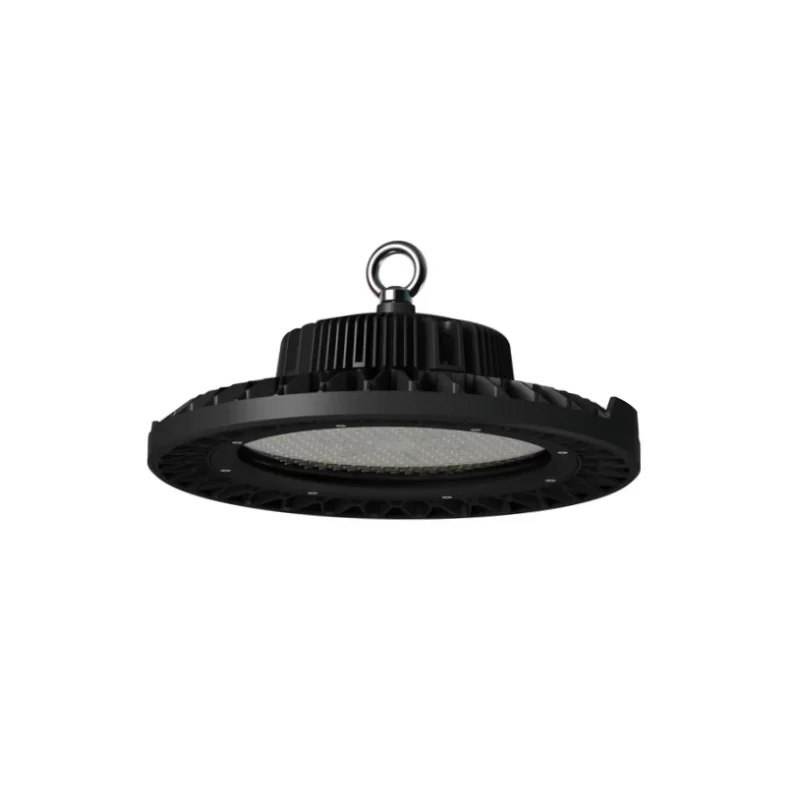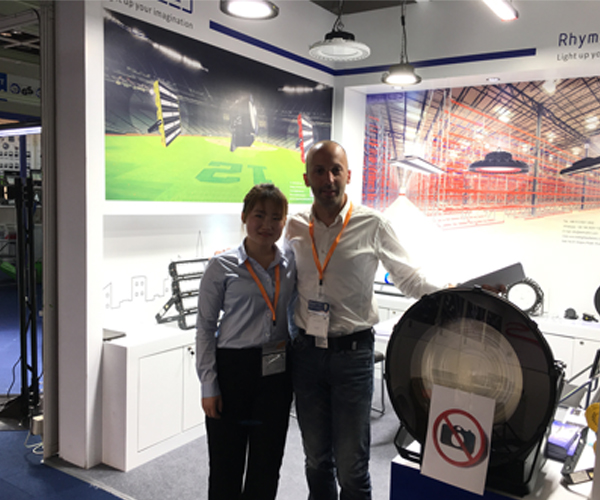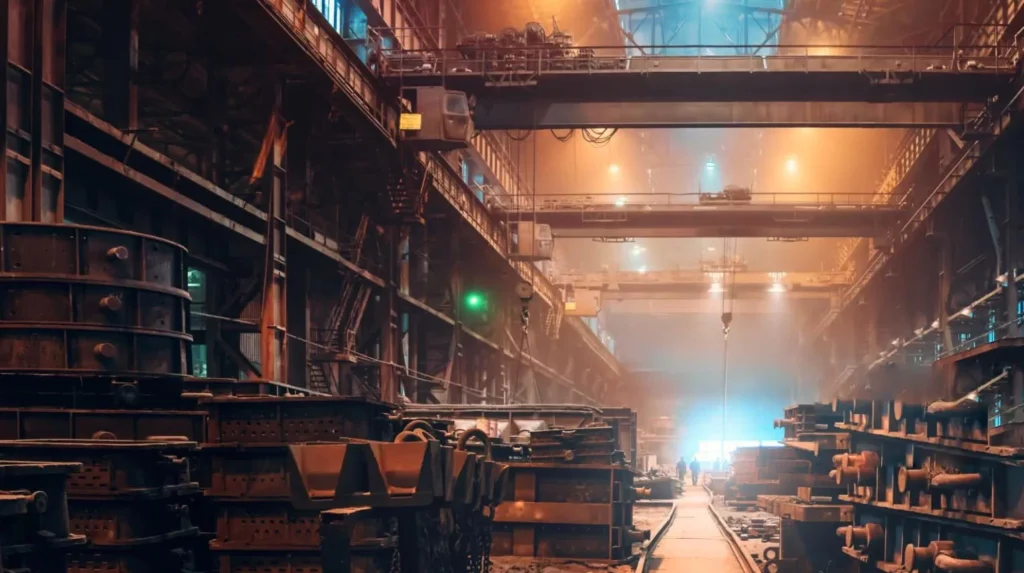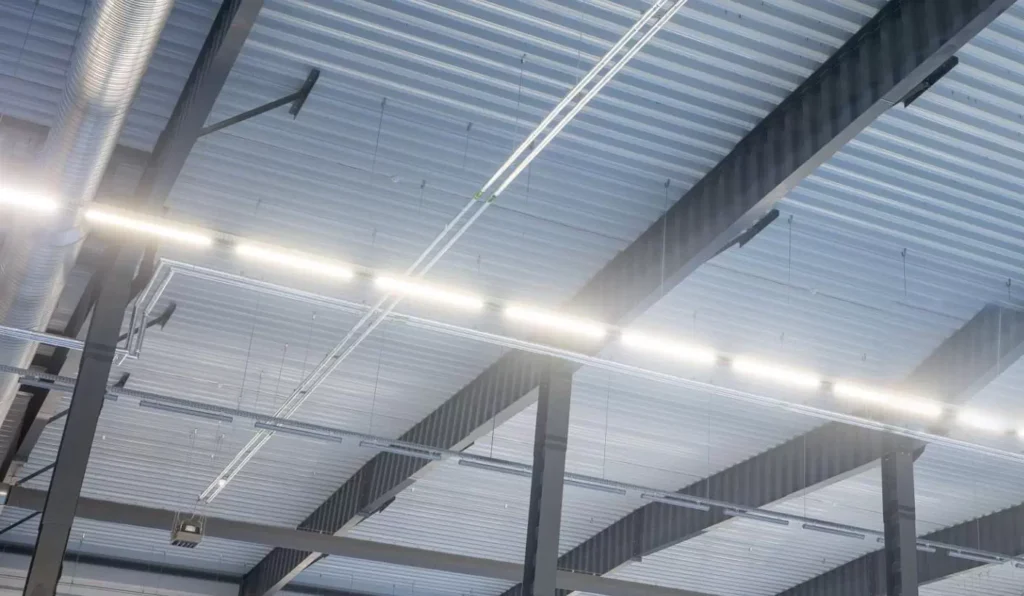Guía del comprador de iluminación LED: Por qué es mejor la iluminación LED y cómo maximizar sus beneficios
1. Introducción: ¿Por qué pasarse hoy a la iluminación LED?
La iluminación LED se ha impuesto rápidamente en todo el mundo como una solución sostenible, rentable y versátil para diversas aplicaciones. Ya sea para entornos residenciales, industriales o comerciales, Iluminación LED ofrece una eficacia y durabilidad inigualables.
En esta guía veremos por qué es mejor la iluminación LED. Hablaremos de sus ventajas, uso de la energía y sostenibilidad. También trataremos temas como cómo reciclar las luces LED y cuánta electricidad consume una luz LED. En cuanto a las soluciones industriales, destacamos Productos innovadores de LedRhythm y sus aplicaciones en todos los sectores.
2. ¿Qué son las bombillas LED?

Bombillas LEDo bombillas de diodos emisores de luz, representan un cambio revolucionario en la tecnología de la iluminación. A diferencia de las bombillas incandescentes o fluorescentes compactas tradicionales, los LED ofrecen alta eficiencia energética, larga vida útil y bajas emisiones de calor.
Características principales de las bombillas LED
FeatureDescriptionEficiencia energéticaConsume 75% menos energía que las bombillas incandescentes.DurabilidadResistente a los golpes y diseñado para entornos extremos.Respeto del medio ambienteReciclable y sin materiales peligrosos.
Para más información técnica, visite Sección de noticias de LedRhythm.
3. ¿Por qué es mejor la iluminación LED? Ventajas de la iluminación LED
Cambiar a Iluminación LED ofrece numerosas ventajas frente a las opciones de iluminación tradicionales. A continuación le ofrecemos una visión detallada de ¿por qué son mejores las luces LED?:
3.1 Eficiencia energética superior
¿Cuánta electricidad consume una lámpara LED? Los LED consumen una fracción de la energía que necesitan las bombillas incandescentes. Por ejemplo, una bombilla LED con una luminosidad equivalente a una bombilla incandescente de 60 W consume solo 10 W.
3.2 Ahorro de costes
Cambiar a Bombillas LED puede ahorrar a hogares y empresas cientos de dólares al año en costes energéticos. Más información sobre el potencial de ahorro en Blog de LedRhythm.
3.3 Diseño respetuoso con el medio ambiente
A diferencia de las CFL, que contienen mercurio, Bombillas LED son seguros de eliminar y más fáciles de reciclar. Curioso cómo reciclar las luces LED? Puedes reutilizar muchos componentes, como el metal y el plástico.
3.4 Brillo y durabilidad
¿Por qué los LED son tan brillantes? La luz direccional emitida por los LED garantiza la máxima eficacia de iluminación. Su durabilidad también las hace adecuadas para condiciones extremas, como entornos industriales y campos deportivos.
3,5 Polivalencia
Los LED tienen muchos diseños. Van desde bombillas de bajo calor a fuertes luces industriales. Esto las hace adecuadas para diferentes usos.
Para saber más sobre Soluciones de iluminación LED para uso industrialconsulte el Gama de productos LedRhythm.
4. ¿Cuánta electricidad consume una lámpara LED? Comprender la eficiencia energética de los LED
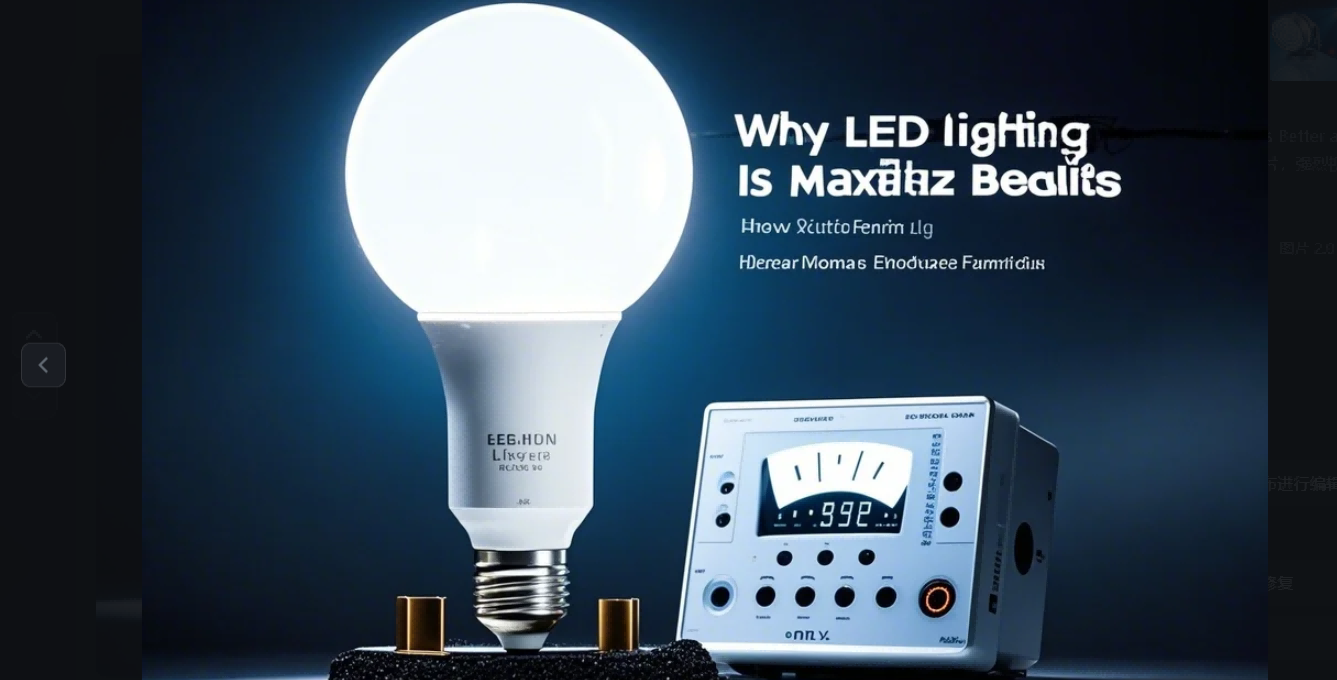
Las luces LED son la opción de iluminación más eficiente desde el punto de vista energético que existe en la actualidad. Aquí tienes una comparación del consumo de energía entre bombillas LED, CFL e incandescentes:
Comparación del consumo de energía
| Tipo de iluminación | Vatios | Vida útil (horas) | Consumo anual de energía |
|---|---|---|---|
| Bombillas incandescentes | 60W | 1,200 | 328 kWh |
| Bombillas CFL | 15W | 8,000 | 82 kWh |
| Bombillas LED | 10W | 25,000 | 61 kWh |
Consejo: ¿Quieres ahorrar aún más energía? Explore cambiar a bombillas LED para toda su casa o negocio.
Para más información sobre cómo se compara el ahorro de energía de los LEDVisite La energía de LedRhythm.
5. Luces LED que no producen calor: Por qué es importante
Una de las principales ventajas de la iluminación LED es su mínima emisión de calor. Esto las hace ideales para entornos en los que bombillas de bajo calor son esenciales, como cocinas, oficinas e instalaciones industriales.
Aplicaciones de las luces LED resistentes al calor:
Entornos industriales: Reduce el riesgo de sobrecalentamiento de la maquinaria.
Instalaciones deportivas: Garantiza un rendimiento constante durante el uso de alta demanda.
Más información Iluminación LED para aplicaciones industriales en Producto de LedRhythm .
6. Cómo hacer una lámpara LED
Creación de una Lámpara LED implica ensamblar componentes esenciales como chips LED, controladores de potencia y disipadores de calor. Aunque es posible realizar proyectos de bricolaje, las lámparas LED de calidad profesional como las de LedRhythm ofrecen una fiabilidad y un rendimiento inigualables.
7. ¿Cómo funcionan las lámparas LED?
En Lámpara LED convierte la energía eléctrica en luz a través de semiconductores. Este proceso es mucho más eficaz que la iluminación basada en filamentos de las bombillas incandescentes.
| Característica | Lámparas LED | Bombillas incandescentes |
|---|---|---|
| Eficiencia energética | 90% eficiente | Sólo 10% eficiente |
| Emisión de calor | Mínimo | Significativo |
| Vida útil | Más de 25.000 horas | 1.200 horas |
Para conocer en profundidad Cómo funcionan las lámparas LEDvisite el blog de noticias de LedRhythm.
8. Serie de productos LEDRhythm: Soluciones de iluminación innovadoras
LedRhythm es líder en el suministro de soluciones LED de alta calidad. Sus productos están diseñados para satisfacer diversas necesidades, desde instalaciones industriales hasta campos deportivos.
Serie de productos clave:
-
Serie Diamante: Soluciones duraderas de gran luminosidad ideales para fábricas.
-
Serie Slim: Ligero y versátil para diversas aplicaciones.
-
Transformador Iluminación de poste alto: Diseñada para su uso a gran escala en exteriores.
Consulte el programa completo en Producto de LedRhythm .
9. Por qué son importantes las luces LED: la ventaja de los LED
¿Por qué son importantes las luces led? Iluminan hogares, lugares de trabajo y ciudades, contribuyendo a la seguridad, la productividad y el confort. Con Iluminación y bombillas LED , conseguirá estos beneficios de forma sostenible y rentable.
Ventajas adicionales de la iluminación LED:
-
Reducción de la huella de carbono.
-
Requisitos de mantenimiento mínimos.
-
Adaptable a sistemas de iluminación inteligentes.
Más información La tecnología LED influye en la iluminación industrial en Noticias de LedRhythm.
10. Conclusión: Adopte la revolución LED
El cambio a la iluminación LED es más que una actualización. Es una inversión en sostenibilidad, ahorro de dinero y mejor rendimiento. LedRhythm ofrece productos como el Serie Diamante y Serie Slim. Estos productos permiten a las empresas disfrutar de las ventajas de Iluminación LED.
Para más información técnica, visite Sección de noticias de LedRhythm.




